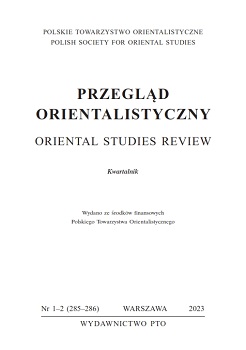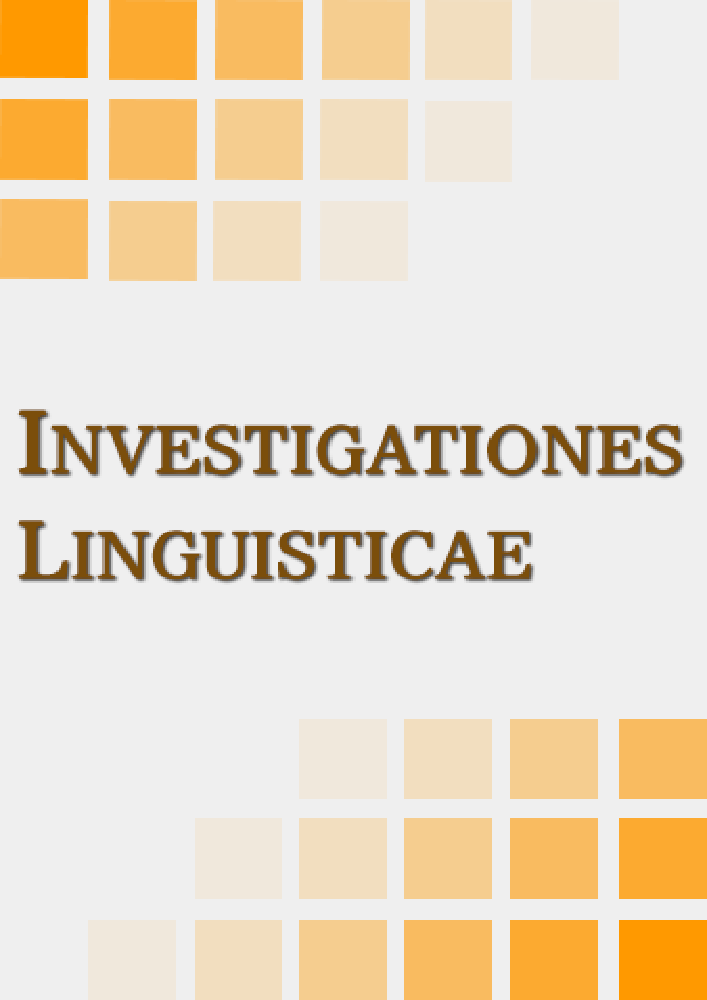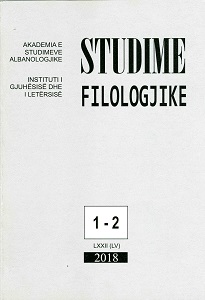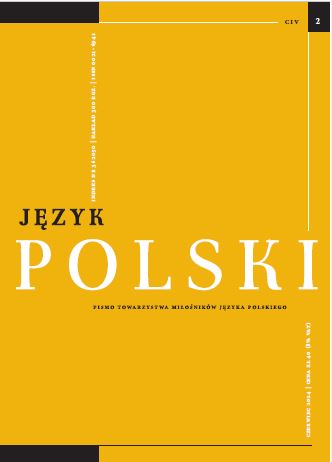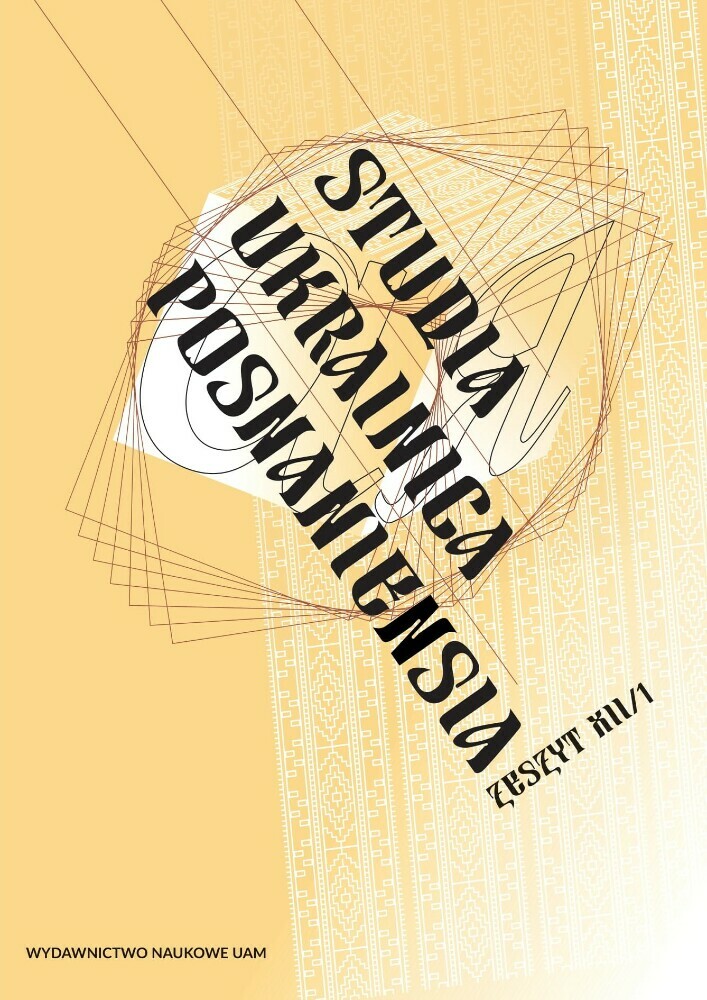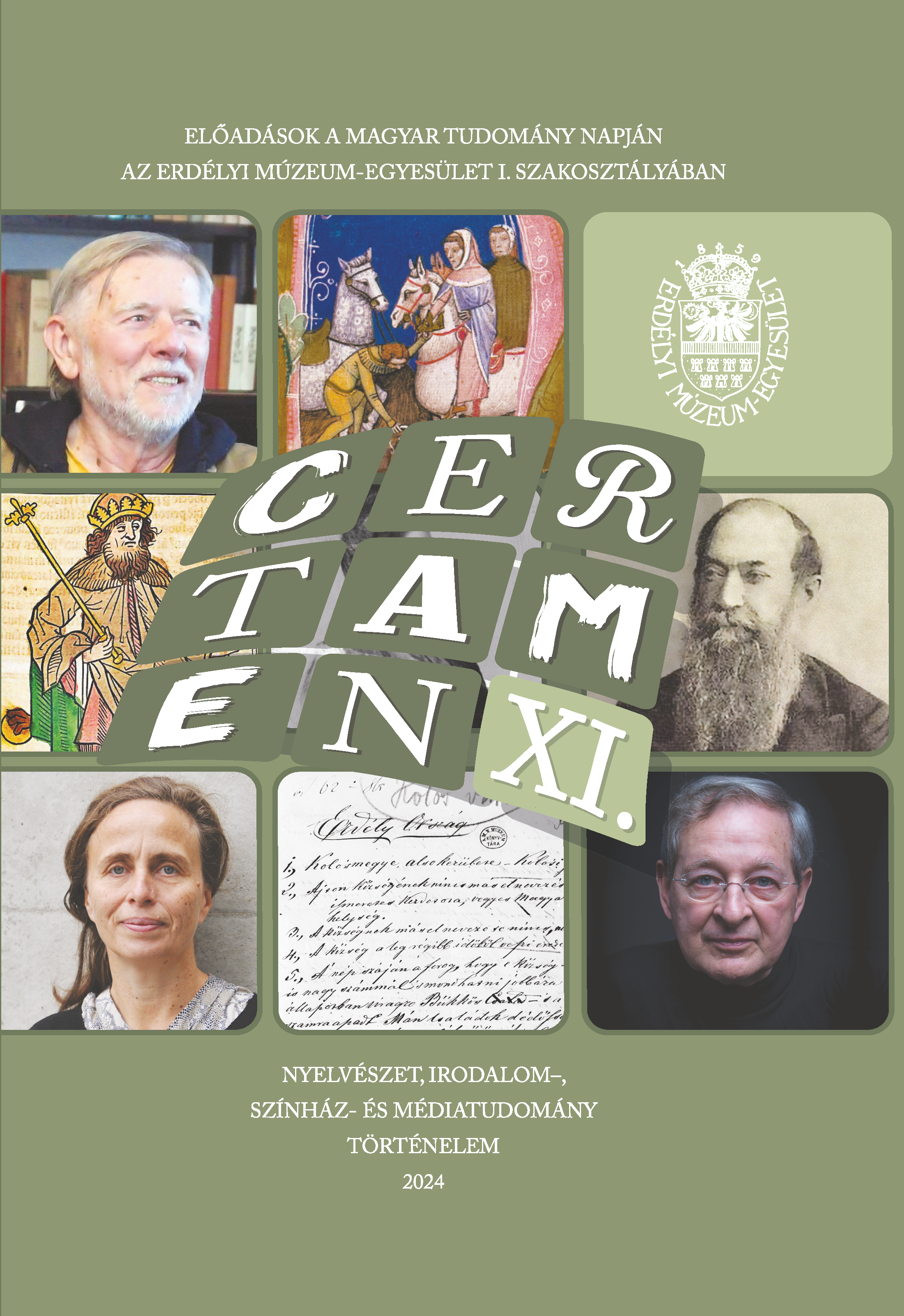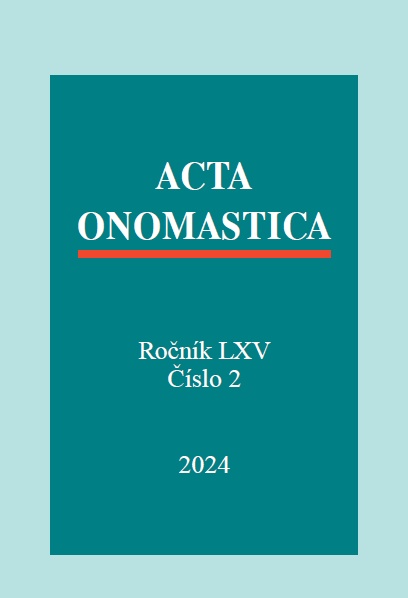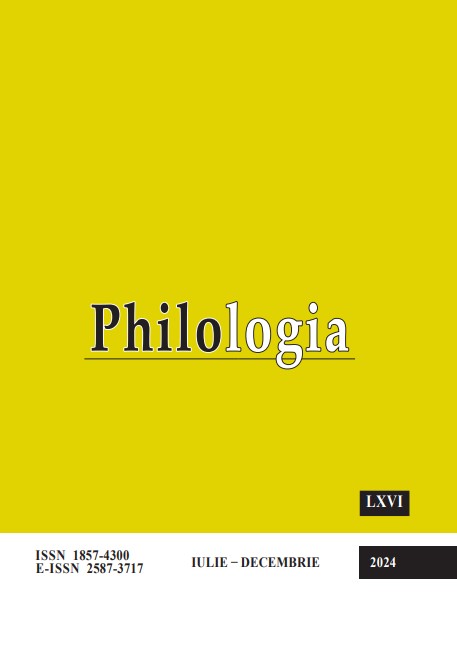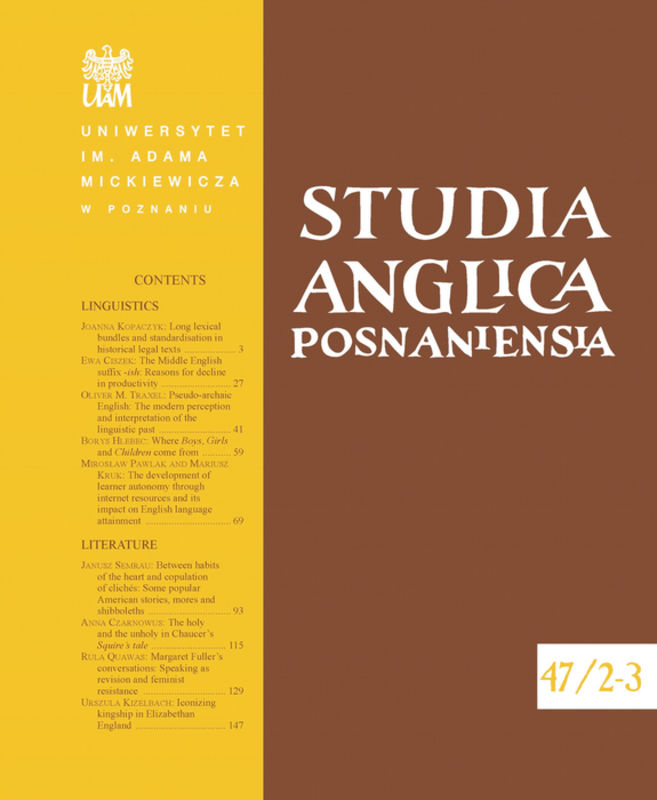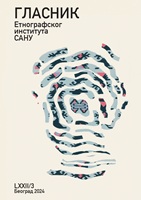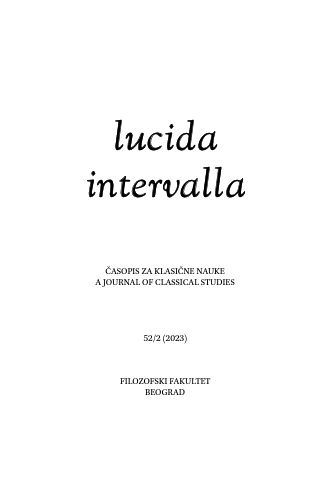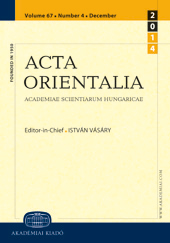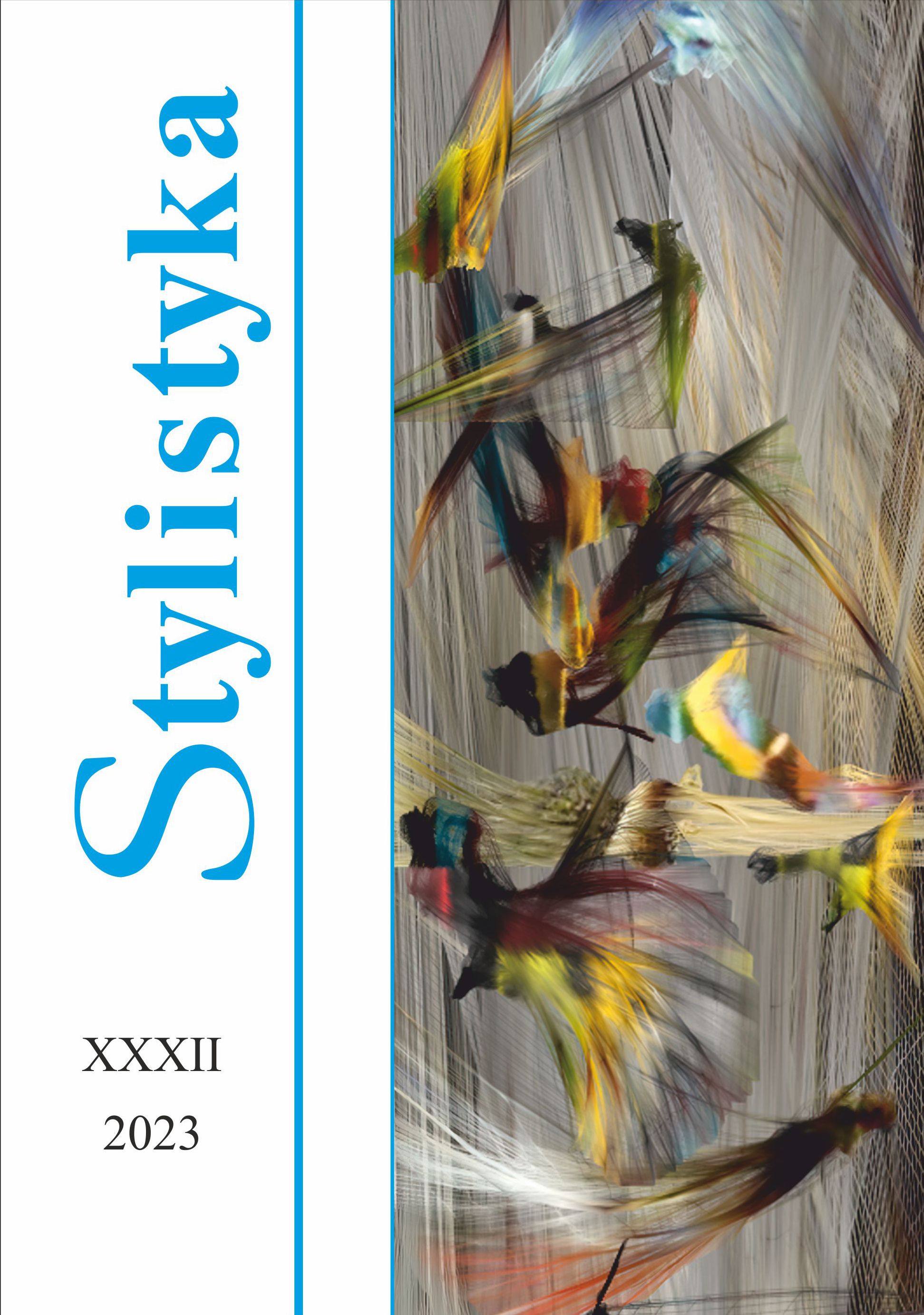
Juraj Dolník a slovenská lingvistika 20. – 21. storočia
Juraj Dolník (born on 20 August 1942) ranks in the number of top Slovak linguists. He is a scholar in general linguistics, Slovak studies, and German studies. Within synchronic Slovak studies, he has devoted special attention to lexicology and to the aspects of cultural stylistics, social linguistics, and linguistic pragmatics. His ideas about language culture have become significant stimuli for the Slovak linguo-cultural theory and language-advisory use. He laid the foundations of linguistic otherness studies in the Slovak linguistic environment. The introduction presents Dolnik’s basic biographical data, professional and professional development, characterises the main areas of his scholarly, broadly interdisciplinary work, and highlights his focus on the practice of language use. The second part characterises Dolnik’s interdisciplinarity and deep orientation in philosophy, psychology and sociology in relation to the linguist‘s knowledge of language and its functioning in contemporary communication.
More...

